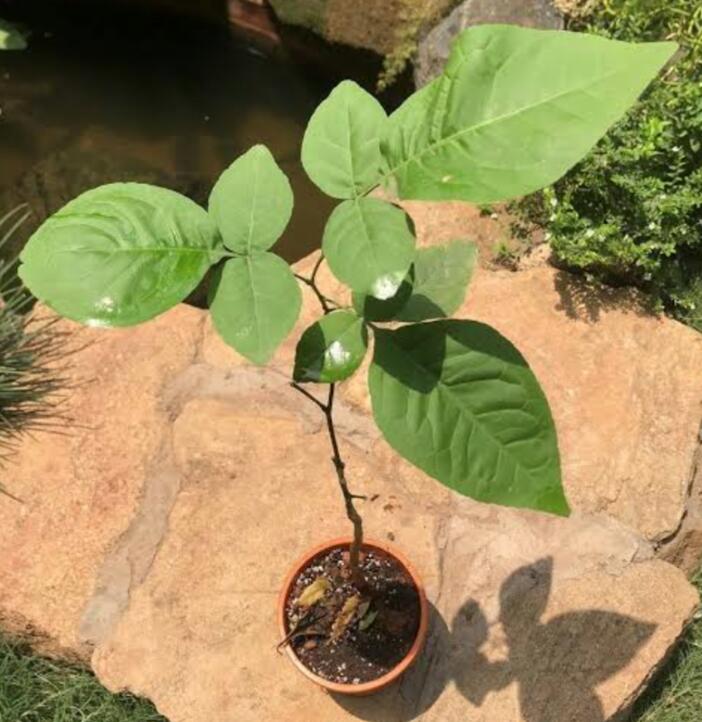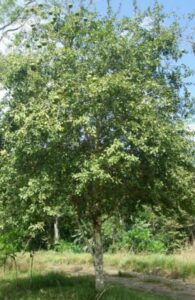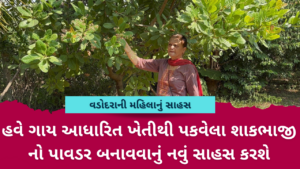On the occasion of Maha Shivratri, on Mondays and in the month of Shravan, the leaves of the Bilva tree i.e. Billipatra are of utmost importance in the worship of Mahadev.
The social forestry department of Vadodara grows 10 to 15 thousand bilva saplings in its nurseries every year and gives them to the people for plantation.
The fruit, leaves, flowers, and root of this tree have medicinal values and have multiple uses. Kartik Maharaja, Deputy Forest Conservator, Social Forestry Department, Vadodara, said that the Bilva trees, which have longevity and strength to withstand adverse conditions, purifies the air.
He said that 10 to 15 thousand Bilva seedlings are grown every year in the nurseries of the Vadodara Social Forestry Department. Thus, in a decade their department has provided 1 to 1.5 lakh seedlings for planting and rearing.
The scientific name of this plant is Aegle Marmelos. It is called Belvriksha in Hindi and Bilva fruit in Sanskrit.
Bilva tree does not provide timber so it is counted among other trees in the forest department. In India and Gujarat, this tree is found everywhere in farms, hills, forests, Shiva temples, ashrams, and people’s houses, ravines. Along with its leaves, fruits are also important in the worship of Lord Shiva. Its fruits range from the size of small lemons to large coconuts. The tribesmen make dishes and pickles from its raw fruit. The embryo extracted by drying the raw fruit is used in medicine. The delicious syrup of ripe bilva refreshes the body in summer. It is used in making Ayurvedic medicines and thus this tree is similar to the Kalpa tree of health.






